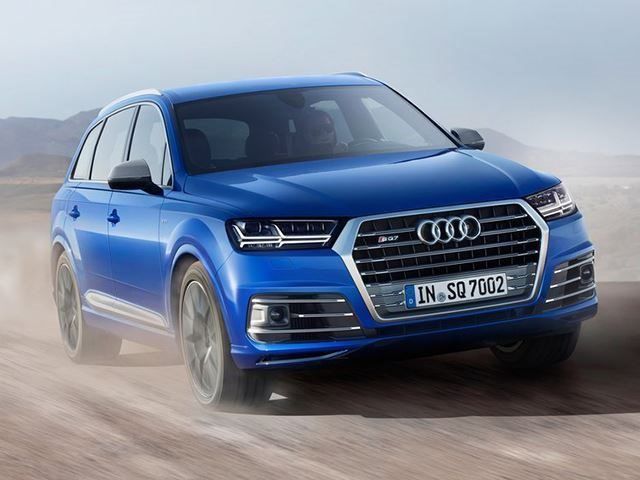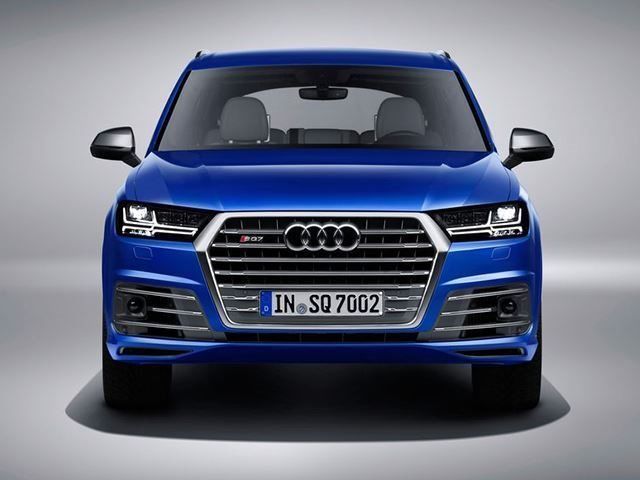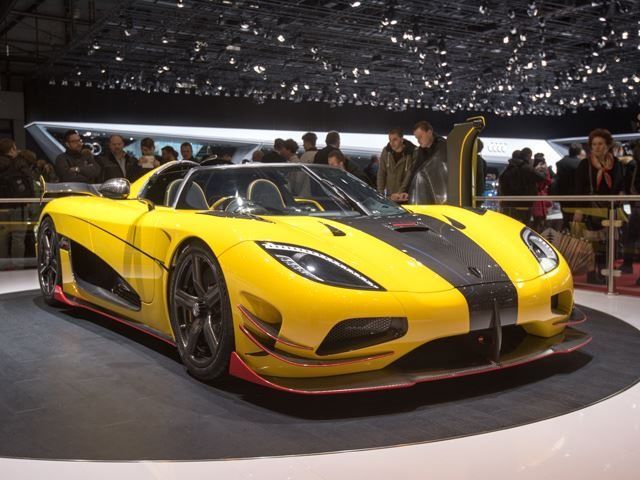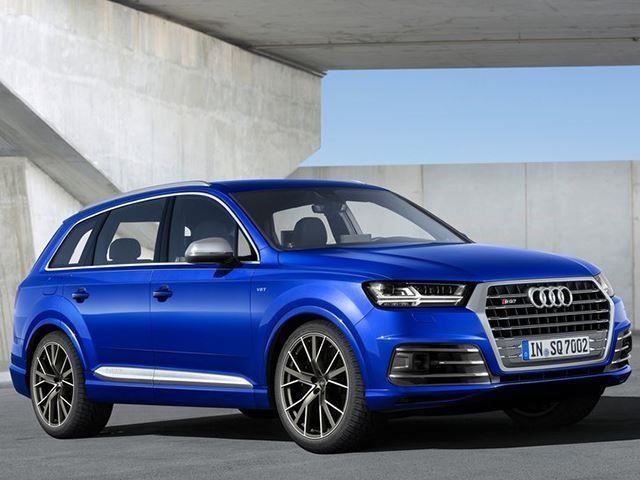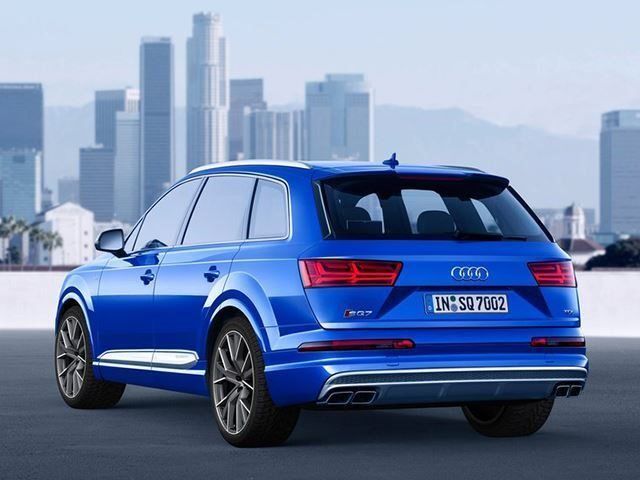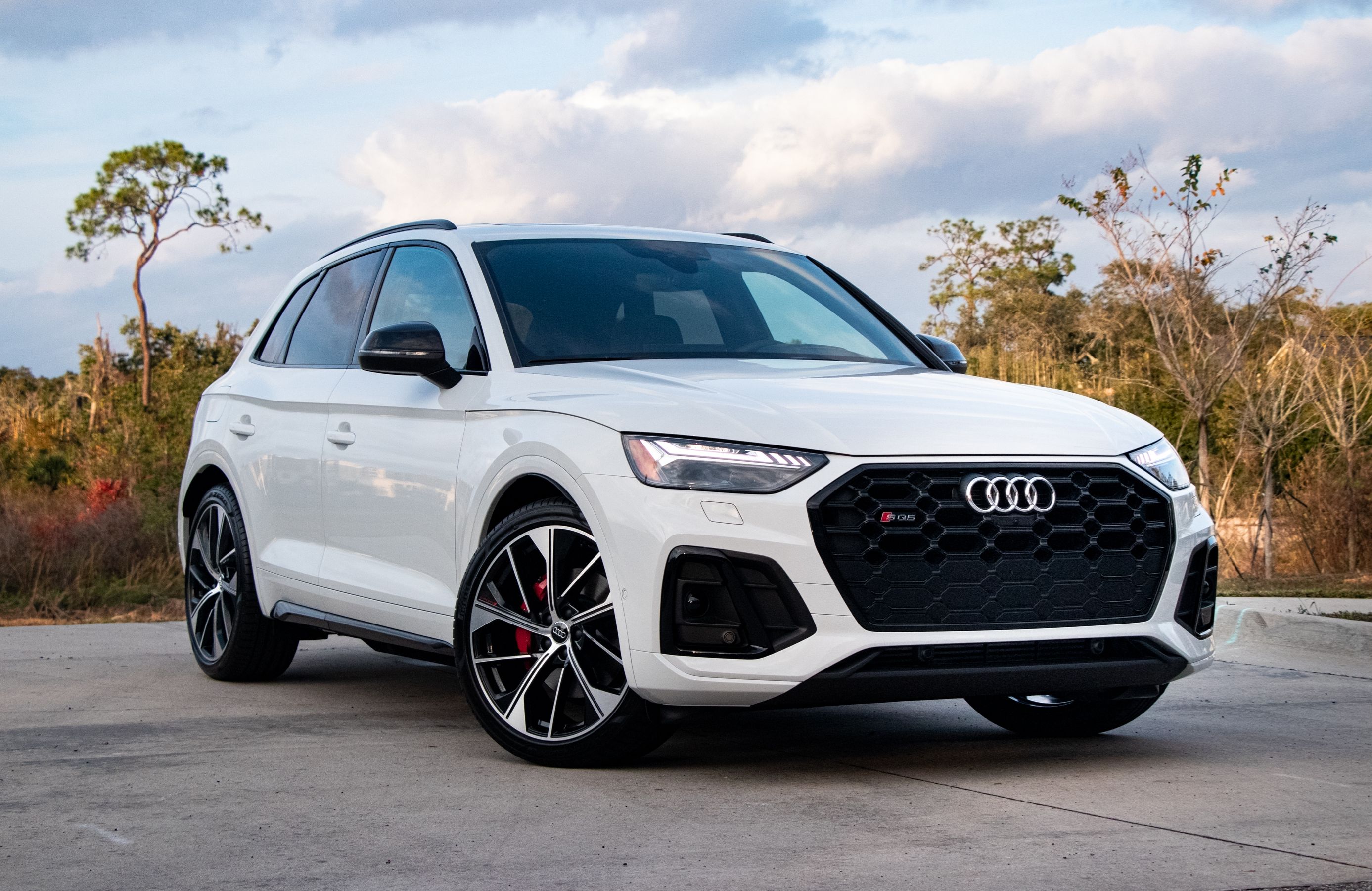
Although not solely developed by Volkswagen, VW was one of the first automakers to put an electric turbocharger (technically a supercharger) on a production vehicle, the Audi SQ7. By providing compression with an electric motor, which supplies near instant torque, gone are the days of turbo lag. The SQ7 uses a tri-turbo set up, arranged in an unconventional way to eliminate turbo lag and maximize horsepower output. A smaller turbo (tighter volute) is used for lighter acceleration while the second is for more demanding acceleration pulls.
The third, an electric turbo, is used to fill gaps in the other turbochargers power bands and virtually eliminates turbo lag, but at a slight cost. Since the compressor wheel is no longer rotated under the force of exhaust gases, it is technically a supercharger as it uses a 48V motor to spin. This motor puts down about 10 hp from the engine when running at full load. Most belt driven superchargers have a much higher parasitic power loss, on the order of 50-100 hp. While not seen on a production car yet, hybrid turbo chargers seem to be a logical next step. A setup can be fashioned similar to the KERS on vehicle's brakes: connecting the compressor side of a turbocharger to an electric motor and the turbine to the exhaust manifold.
When under heavy acceleration, the electric motor can spin the compressor. While not on throttle, the electric motor can act as a generator, harnessing the energy in the exhaust gasses spinning the turbine wheel. Overall, there have been massive developments in turbocharger technology, which are enabling cars to have higher horsepower per liter outputs than ever before. Combining this technology with the former two articles in this series, it's not ludicrous to imagine an ICE setup with single or twin hybrid turbochargers with 3D printed variable ratio housings and split turbine and compressors connected with a shaft running through the block.
The aforementioned setup has the potential to best the highest horsepower per liter output of any production car of 228, currently held by the Agera. The implications are widespread: hypercars will see step change improvements in their lap times, power to weight ratios, and handling. "Normal cars" will retain or become even more powerful, while shedding cylinders and weight, becoming more enjoyable to drive and offering more interior space. This is all, of course, before everything becomes electric (or another sustainable energy source) and the ICE is put to rest.
There's a valid argument to be made to not further develop ICE technology, since energy sourcing is inevitably going to pivot; however, I welcome these advancements to the time-tested internal combustion engine, as they offer a tremendous amount of near term excitement.

